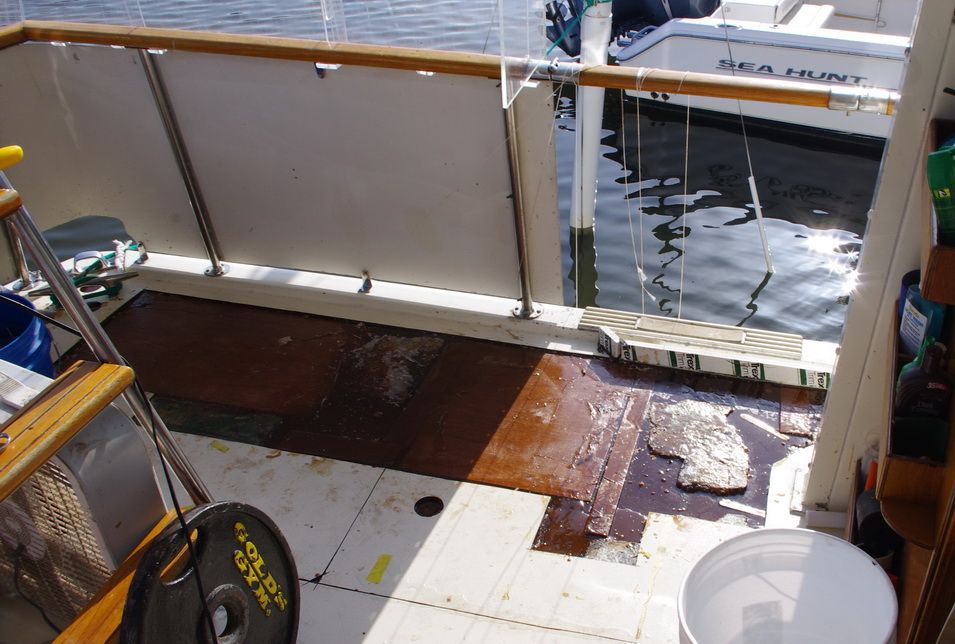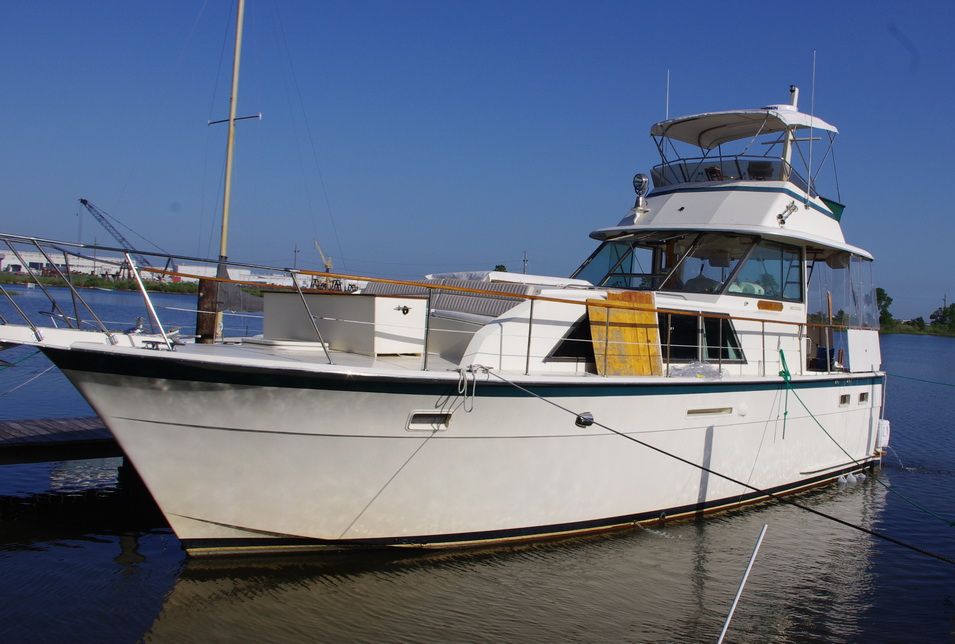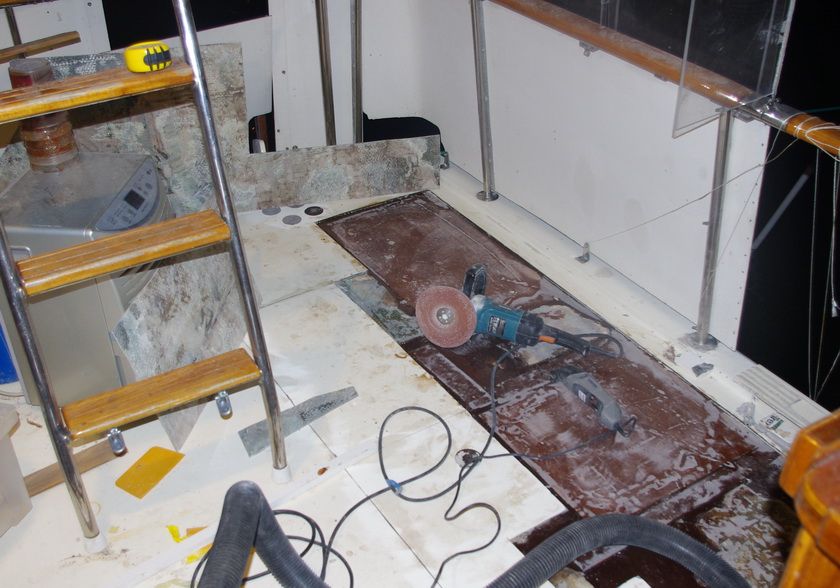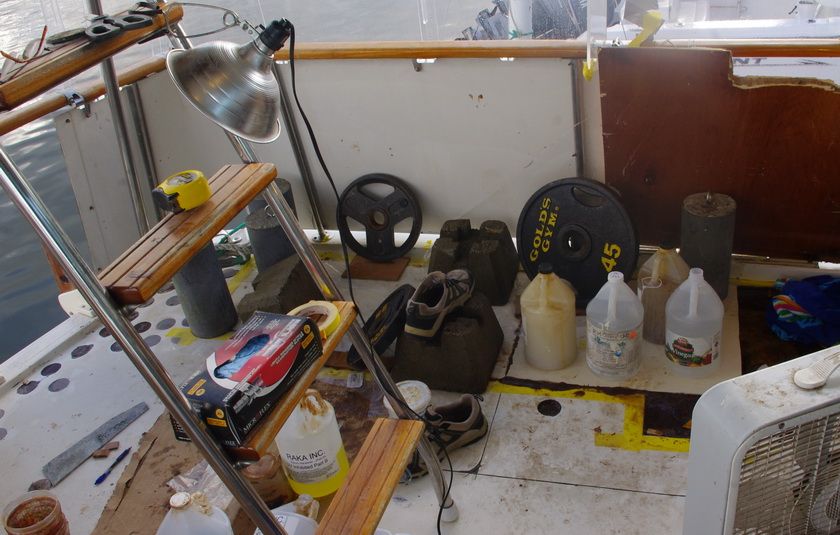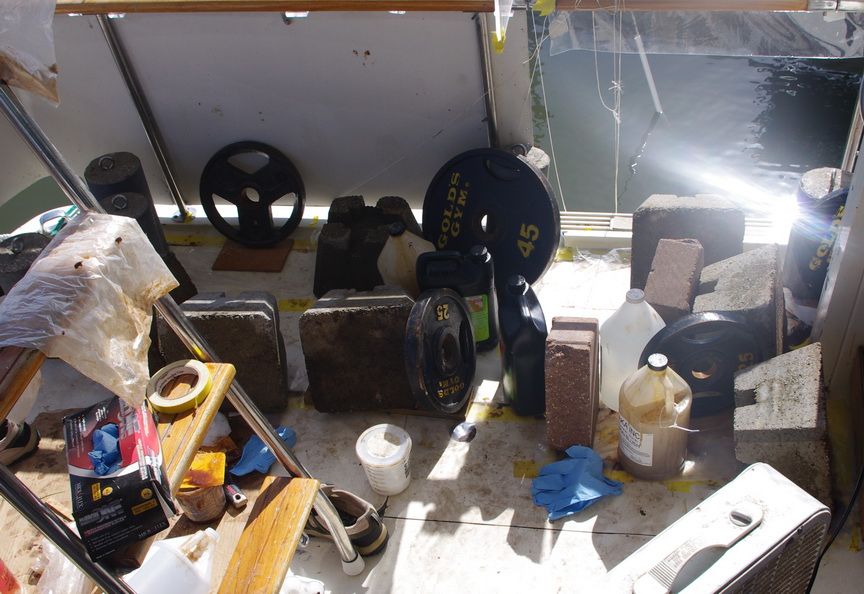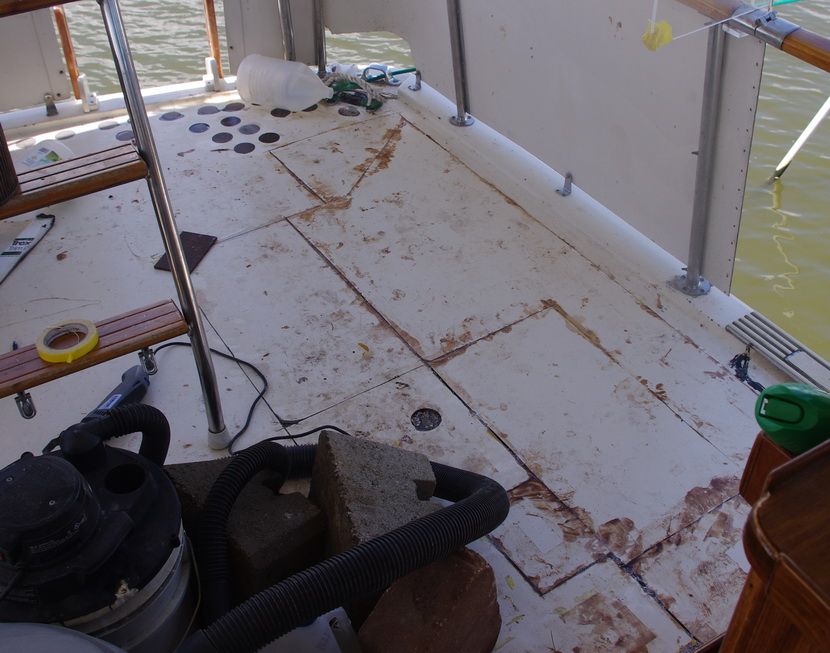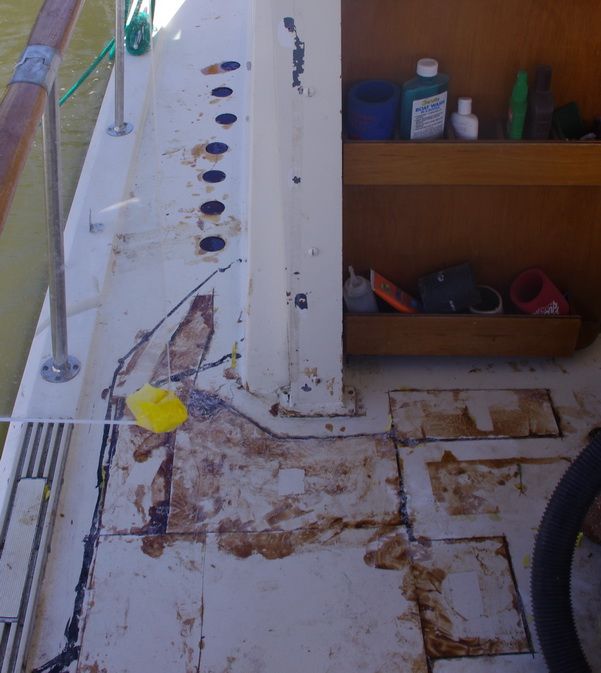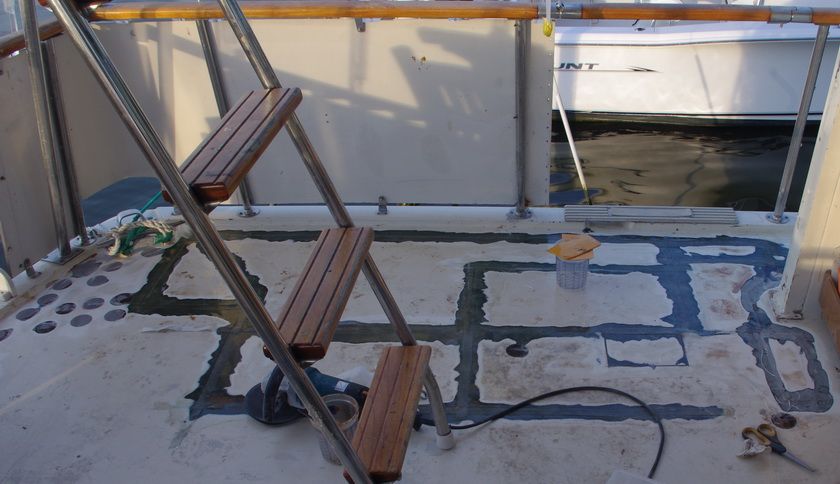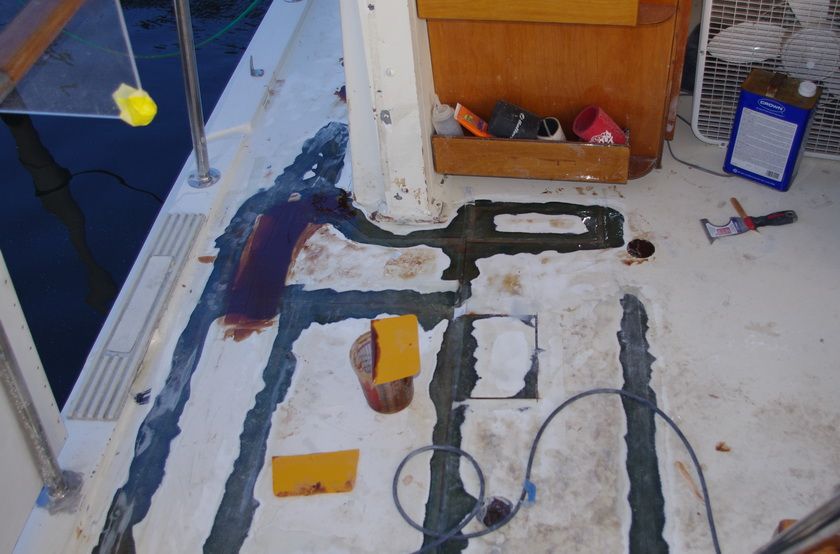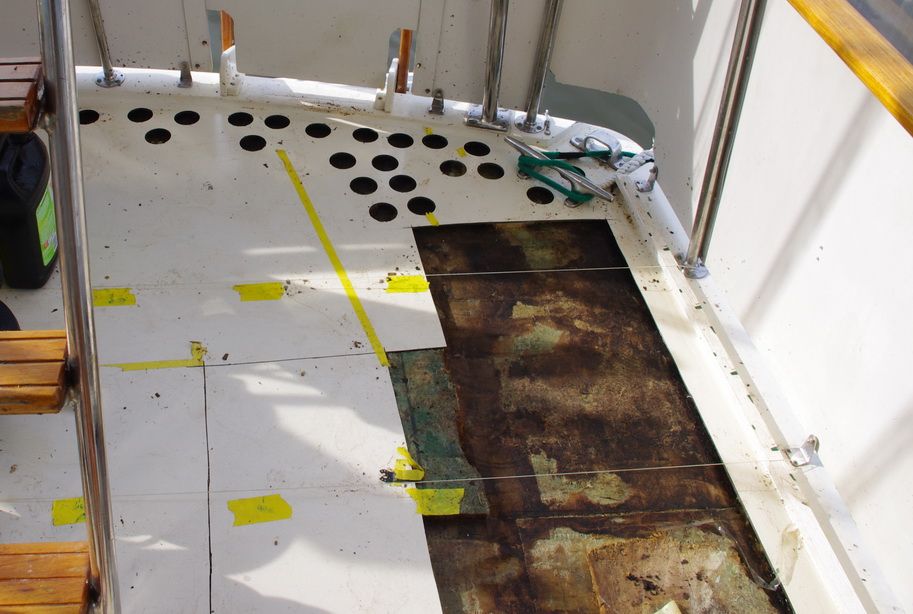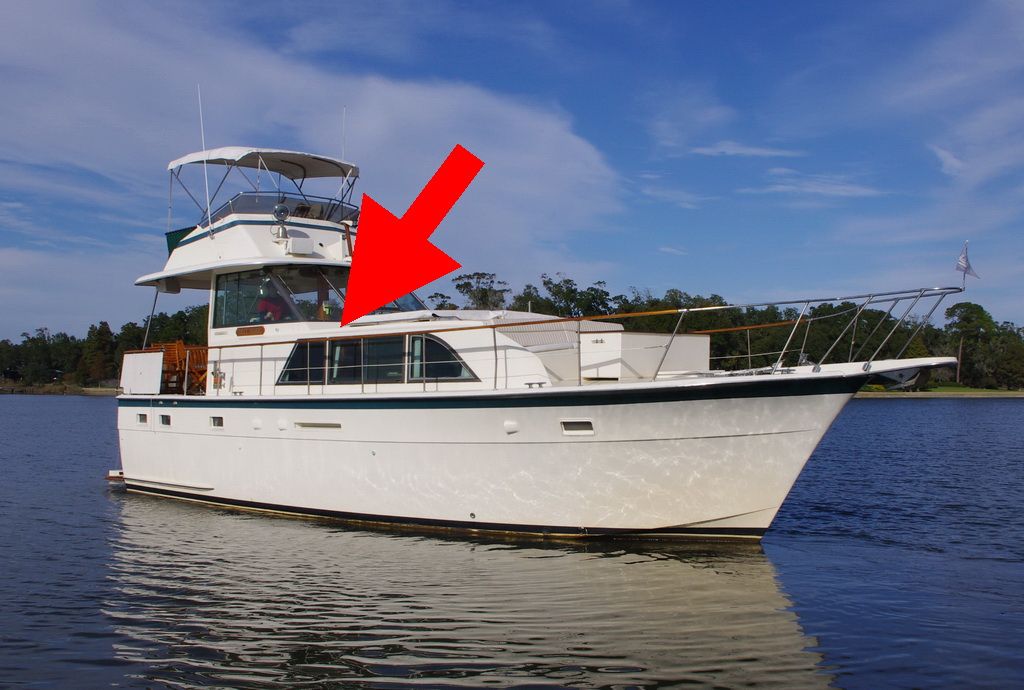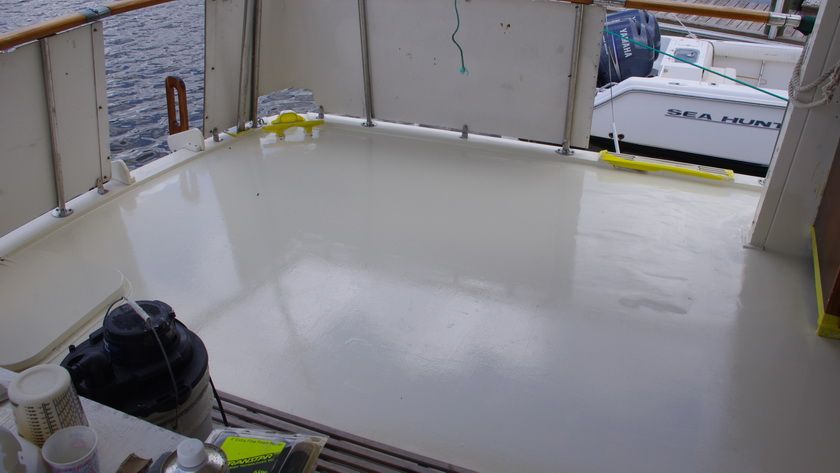Vincentc
Legendary Member
- Joined
- Jun 3, 2008
- Messages
- 1,514
- Status
- OWNER - I own a Hatteras Yacht
- Hatteras Model
- 43' DOUBLE CABIN (1970 - 1984)
Buddy,
Interesting photos, good looking work. Your areas of bad core look very similar to what I found on Lilly Marie.
Sgharford,
I've seen how pw soaks up epoxy. I try to pre coat before gluing, and usually pour epoxy on to horizontal surfaces and spread the epoxy with a 4x6 plastic spreader. It uses a lot of epoxy but works. I use Raka brand, it works well and costs less than $60 / gallon.
Regards
Interesting photos, good looking work. Your areas of bad core look very similar to what I found on Lilly Marie.
Sgharford,
I've seen how pw soaks up epoxy. I try to pre coat before gluing, and usually pour epoxy on to horizontal surfaces and spread the epoxy with a 4x6 plastic spreader. It uses a lot of epoxy but works. I use Raka brand, it works well and costs less than $60 / gallon.
Regards

